
English Budgerigar


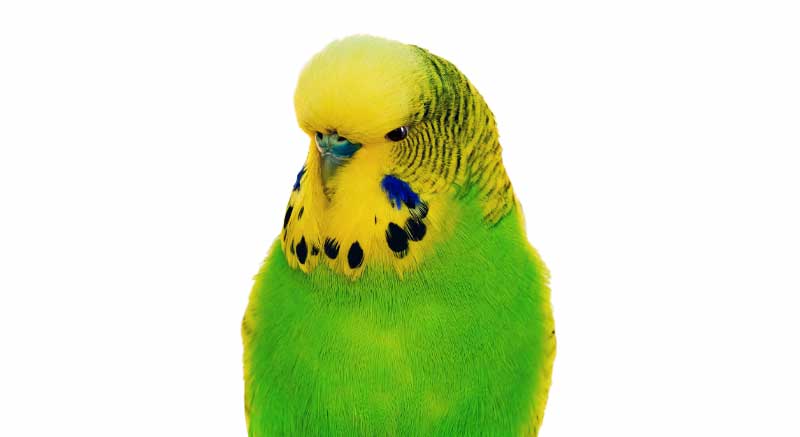
English Budgerigar
Name Dutch: English Budgerigar
Scientific name: Melopsittacus undulatus
Origin: Australië
Age: Average 5-10 years (in captivity).
Height: Minimum 21,6 cm from head to tail tip
Birth: Egg laying (Average 4 to 5 eggs per nest). These hatch after about 18 days.
Activity: Day active
Legislation: No CITES, but legislation: Must be at least 43 days old before they can leave their parents.
Climate: From a desert climate to a (sub)tropical climate.
Stay: A large cage or aviary with a loose java tree or playground.
Minimum size: 80x40x60cm. ''The bigger the better''.
Food: (70%) Pellets and/or Nutri-Berries in combination with (30%) seeds, fruit, vegetables and nuts. Always provide stomach grit with a seed mixture.



Description
The English budgerigar is actually a breeding variant of the normal budgerigar. The English budgerigar has been given the name ''English'' because in England where they were bred, only size is considered. In the course of time, more and more attention has been paid to the size and width of the bird. When we look at the English budgerigar, we see that he has quite a round head, so that his eyes are barely visible to us. But don't worry, he generally still sees enough between his lush plumage to see everything.
English Budgies are known to become tame quickly and we often see that they love to chat with you. Of course it differs from English to English how much they have to say and we see that the males often have the most chat.
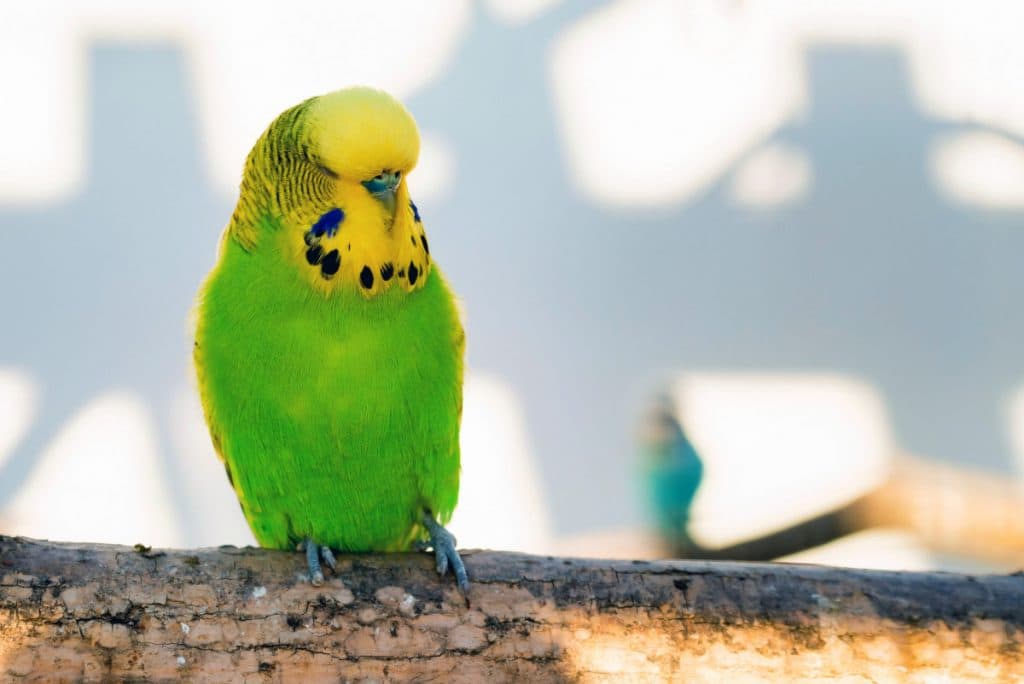
Tame
There are several ways to tame an English budgerigar. Give the bird space to come to you and explore. For example, if you put something tasty such as a piece of spray millet in your palm, the English budgerigar will often soon be interested in that piece of spray millet and may come and sit on your hand to eat it. By letting the bird get used to you more and more, a friendship can develop for life!


Together or alone?
English Budgerigars are very social animals as mentioned earlier and therefore do not like to sit alone. Our advice is therefore not to keep an English budgerigar on its own. Be careful when pairing 2 English budgerigars. Two females together or 2 pairs (1 pair is a male and a female) do not work well together. Two male budgerigars can be kept together very well against the weather. Also 1 pair of budgerigars (a male and female together) generally works well.

To link
If two birds (don't) know each other well, they can be mean. To prevent this behavior, make sure that the cage they are to stay in has been completely refurbished (you can do this by removing, moving or replacing items). The environment is new for both English budgerigars and they can explore everything together. In addition, it is our advice to design the cage as challenging as possible so that the English budgerigar is stimulated as much as possible and that the bird is prevented from getting bored.
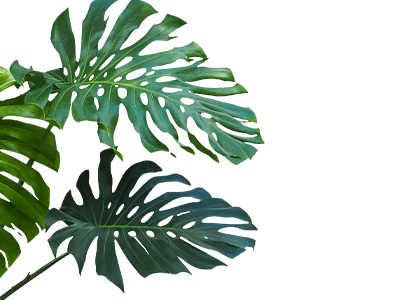

sex determination?
Female English budgerigars can be recognized by the brown nose cap and male English budgerigars by their (dark) blue nose cap. However, when they are still young, the nose cap looks completely different. In both birds they have a white undertone when they are young, in males we often see pink and purple return and in females white with a light blue border.

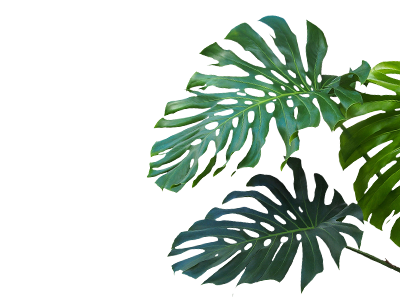
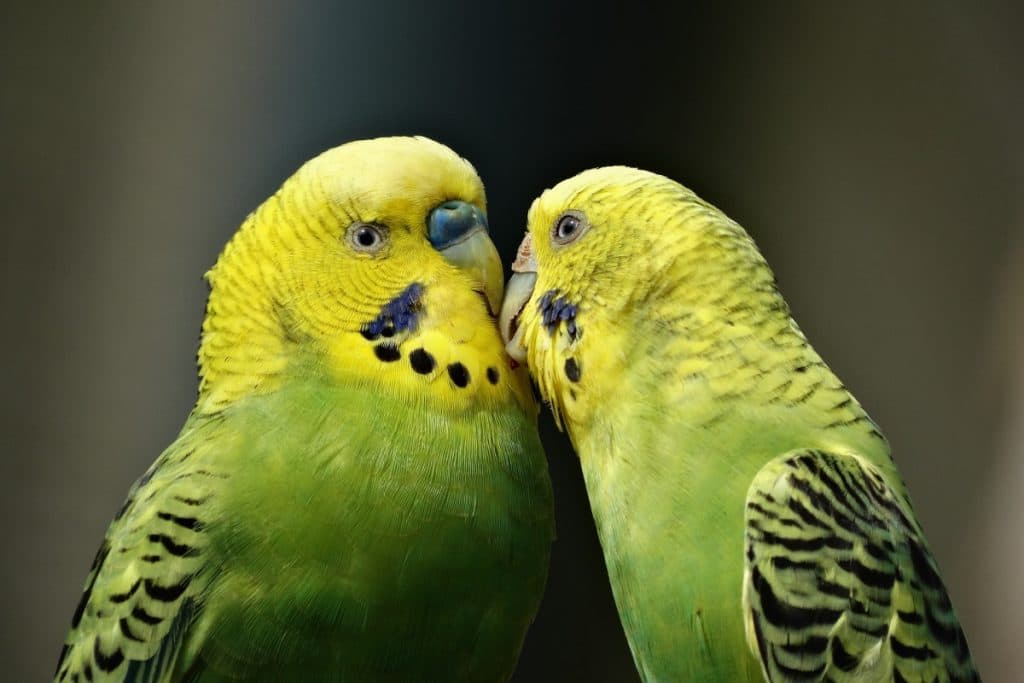
Reproduction
The English budgerigar lays about 4 to 5 eggs (this can also be more) during the breeding season. While breeding, the female English budgerigar will not leave the nest and the male English budgerigar will come to feed its lady in the nest. This keeps the eggs nice and warm and the female gets enough to eat. After 18 days, the eggs will begin to hatch. The young are initially completely naked and have no feathers. These emerge during the nesting period. During this nesting period they are fed by the parents. They are still too small to look for food on their own. Often after about 4 to 5 weeks, the young English budgerigars decide to do their own research and they will leave the nest for the first time. The advice is to hang some spray millet in the cage around this time so that the young can eat it.
A young English Budgerigar needs at least 43 days to become a full-fledged English Budgerigar. During that period he has to learn everything from father and mother. It is therefore also prohibited by law that the English budgerigar is removed from its parents earlier than the aforementioned 43 days. This provision is included in the ''Animal Keepers Decree'' that came into force on 1 July 2014.


More information?
Have you become curious about the English budgerigar? Would such a bird suit you? Do you want more information? Our bird workers are happy to help you! So come by and see what we have for sale. We always sell English budgerigars with a warranty. If there is something wrong, after this period you can of course always contact us!

